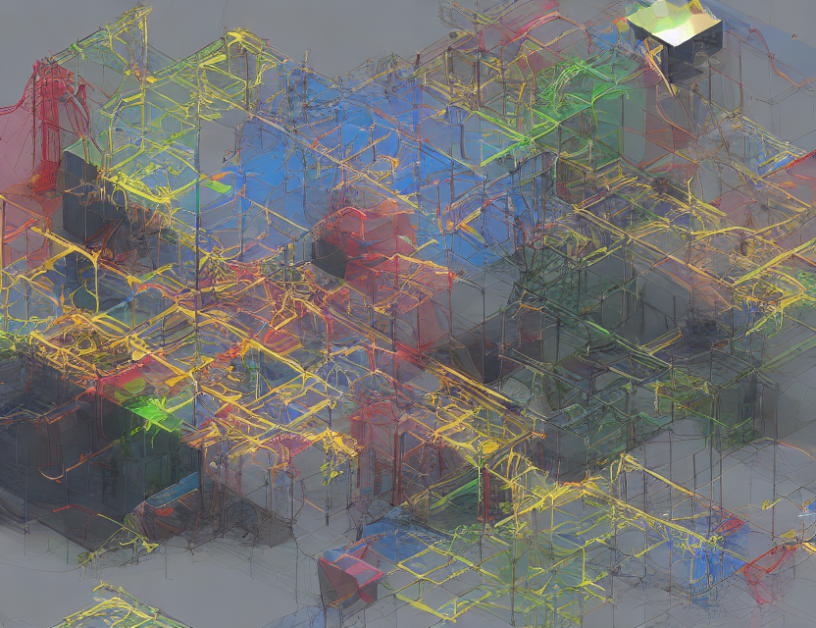In this article, we delve into the world of graph theory and explore the concepts of graph classes and disjointness-expressing schemes. We aim to simplify these complex ideas by breaking them down into manageable pieces, using everyday language and analogies to help readers grasp their essence.
What are Graph Classes?
A graph class is a collection of graphs that share certain common properties or characteristics. Imagine a group of friends who all love playing the same board game. They can be considered a "graph class" because they share a common interest and play the same game. Similarly, in graph theory, we group together graphs based on their shared properties to form a graph class.
What are Disjointness-Expressing Schemes?
Disjointness-expressing schemes are methods used to determine whether two sets of graphs are disjoint (meaning they have no elements in common). Think of it like a puzzle where you need to find the missing piece. A disjointness-expressing scheme helps you identify which pieces don’t belong in the puzzle, indicating that those sets are disjoint.
Lower Bounds and Non-Deterministic Protocols
In non-deterministic disjointness communication problems, two players must evaluate whether two input sets are disjoint based on advice given to them. The complexity of these protocols is at least as good as the length of the longest word in the advice set. Now, let’s dive deeper into the lower bounds aspect of this article.
Lower bounds refer to the minimum amount of computational resources required to solve a problem. In the context of graph classes and disjointness-expressing schemes, we show that any non-deterministic protocol for the disjointness problem has a complexity of at least N, where N is the number of elements in the ground set (the set of all possible inputs).
Remark 4.3: A subclass C− of a class C is said to be (s,ε)-disjointness-expressing if every function L and R as in the definition witnesses that C− is disjointness-expressing. This means that if two sets are disjoint, then there’s a good chance they won’t collide with any of the advices given by L or R.
The Connection between Lower Bounds and Disjointness-Expressing Schemes:
Now, let’s connect these lower bounds to disjointness-expressing schemes. When we prove that a graph class is (s,ε)-disjointness-expressing, we demonstrate that it has a computational hardness of at least s. This means that even if an algorithm could solve the disjointness problem for this class in polynomial time, it would contradict the lower bound! In other words, any efficient solution to the disjointness problem must respect the computational hardness of (s,ε)-disjointness-expressing classes.
Conclusion
In conclusion, we’ve simplified complex concepts by breaking them down into everyday language and engaging analogies. By understanding the connection between lower bounds and disjointness-expressing schemes, readers can grasp the essence of this article without oversimplifying. We hope that this summary helps you demystify these concepts and appreciate their importance in graph theory!



